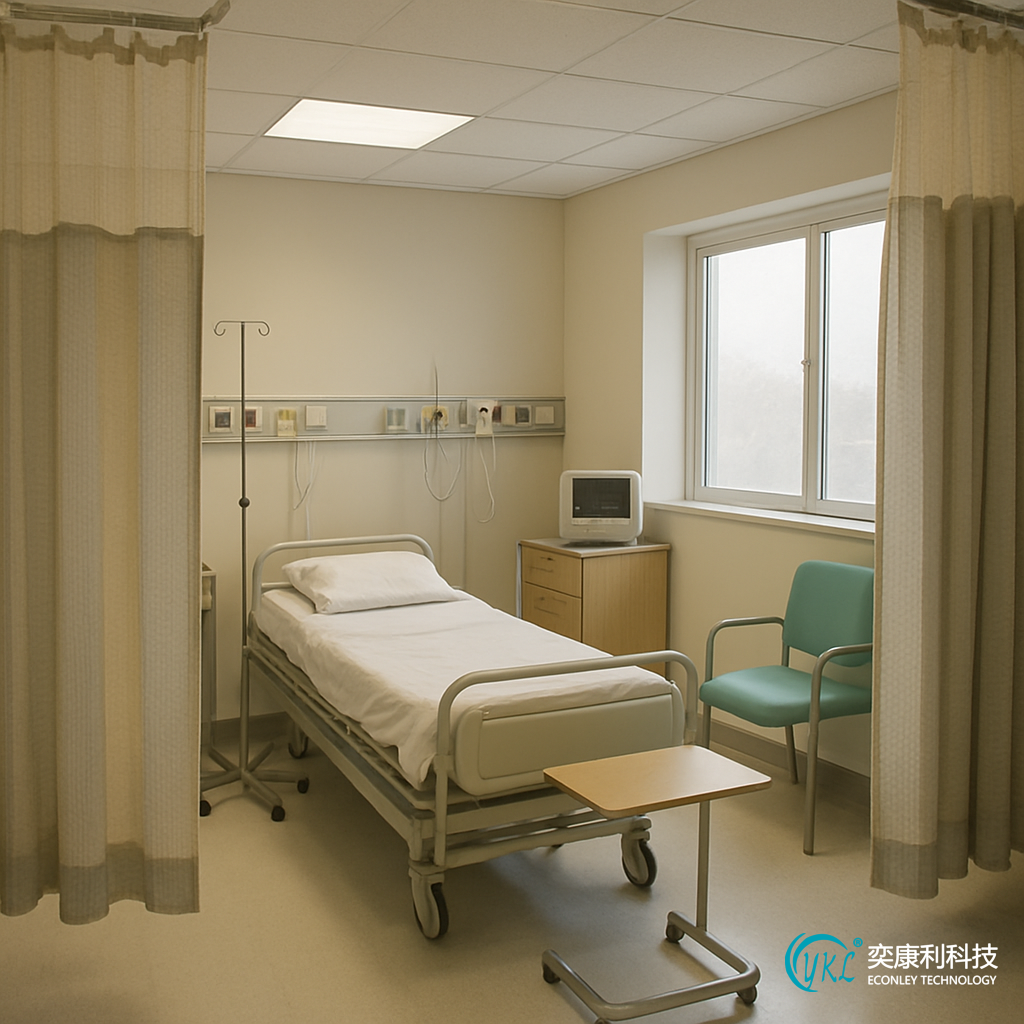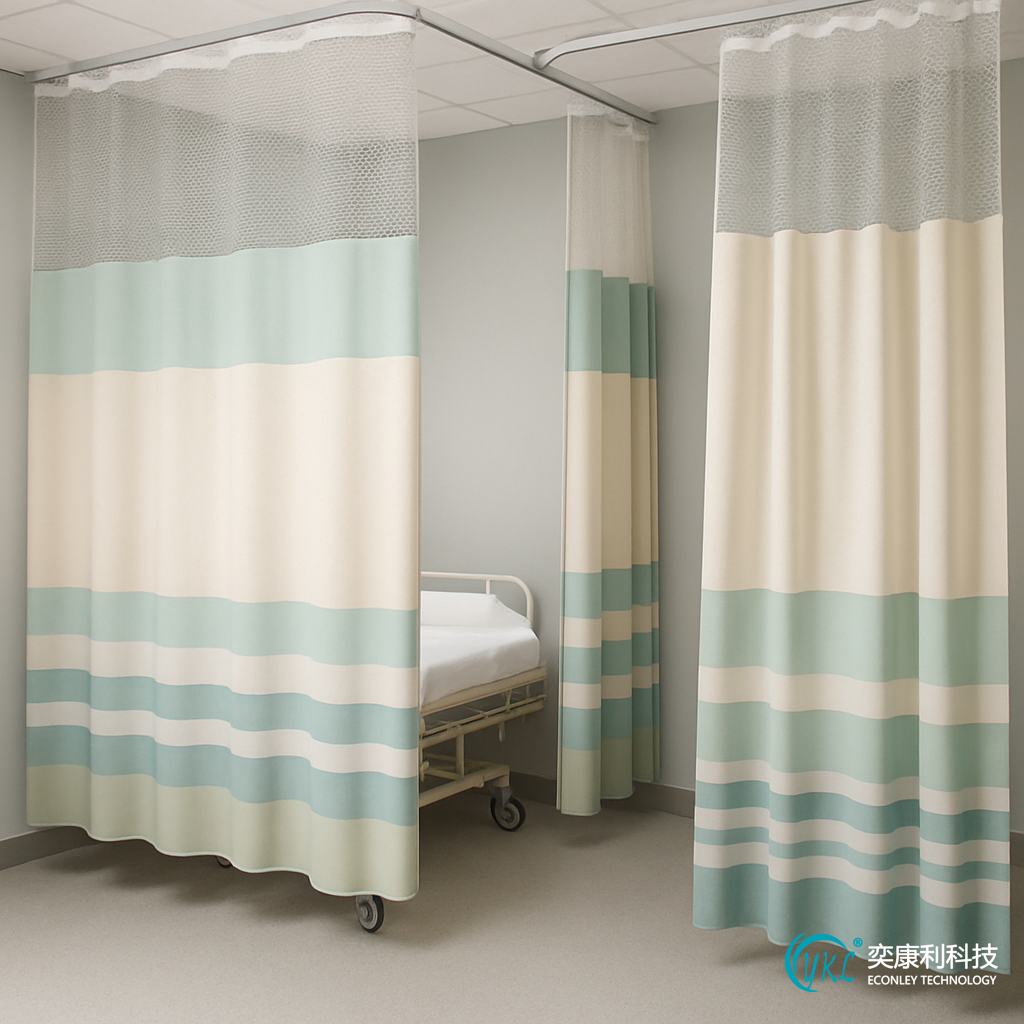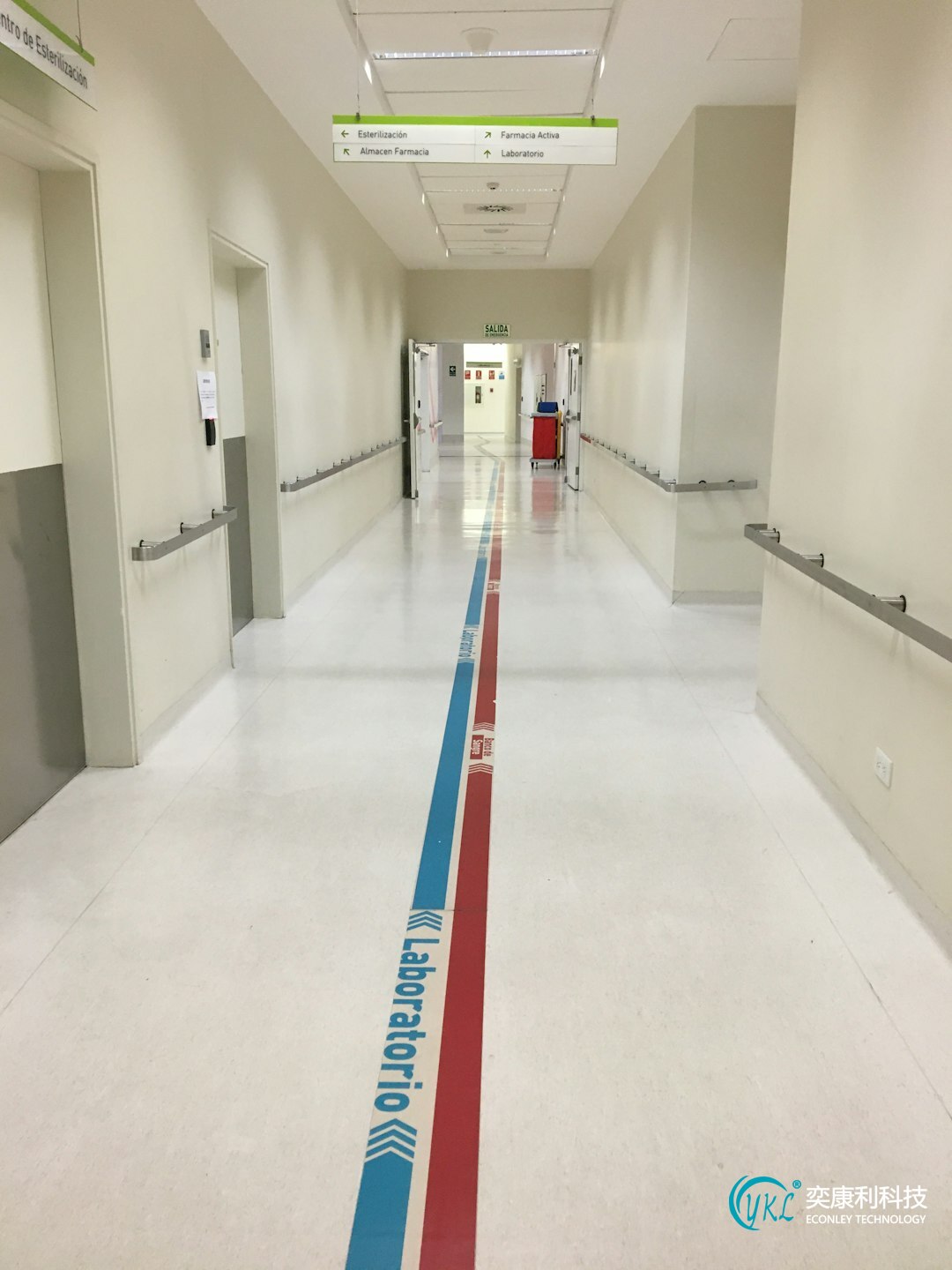 Service Hotline:13510328459
Service Hotline:13510328459
 205-206, 2nd Floor, Building 2, Xiazao Village Industrial Zone, Gaofeng Community, Dalang Street, Longhua District, Shenzhen City
205-206, 2nd Floor, Building 2, Xiazao Village Industrial Zone, Gaofeng Community, Dalang Street, Longhua District, Shenzhen City
 Service Hotline:13510328459
Service Hotline:13510328459
 205-206, 2nd Floor, Building 2, Xiazao Village Industrial Zone, Gaofeng Community, Dalang Street, Longhua District, Shenzhen City
205-206, 2nd Floor, Building 2, Xiazao Village Industrial Zone, Gaofeng Community, Dalang Street, Longhua District, Shenzhen City
Time:2025-09-30 Preview:
When it comes to healthcare environments, privacy is a top priority. Hospital curtains play a crucial role in providing that privacy, while also contributing to infection control and overall aesthetics of the facility. With a wide range of options available, selecting the right hospital curtains can feel overwhelming. This guide will help you navigate through the choices and understand the key factors to consider when choosing hospital curtains.
Hospital curtains are more than just room dividers. They are essential for maintaining patient dignity, reducing noise, and preventing the spread of infections. Let's explore the importance of these aspects in detail.
In a hospital setting, patient privacy is paramount. Curtains act as physical barriers that provide a sense of security and confidentiality to patients. Whether it's during a medical examination or while resting, having the right curtain ensures that patient dignity is respected.
Curtains can harbor bacteria and contribute to the spread of infections if not maintained properly. Choosing the right material and design can help minimize these risks. Antimicrobial curtains, for instance, are designed to resist bacteria and fungi, making them an excellent choice for healthcare facilities.
While privacy and hygiene are the primary functions, hospital curtains also contribute to the overall look and feel of a room. The right curtain can make a sterile environment feel more welcoming and comfortable for patients and staff alike.

There are various types of hospital curtains available, each with its own set of features and benefits. Understanding these can help you make an informed decision.
Disposable curtains are ideal for areas with high turnover or where infection control is critical. They are designed for single use and can be easily replaced, ensuring a fresh and clean environment for every patient. This reduces the risk of cross-contamination and saves on cleaning costs.
Fabric curtains are a traditional choice and can be reused after washing. They come in a variety of colors and patterns, allowing for customization to match the facility's decor. However, they require regular laundering to maintain hygiene standards.
Antimicrobial curtains are treated with agents that inhibit the growth of bacteria and fungi. These curtains are particularly useful in high-risk areas like operating rooms and intensive care units. They offer added protection against infections while maintaining a clean appearance.

When selecting hospital curtains, there are several features you should consider to ensure they meet your facility's needs.
The material of the curtain is crucial for both functionality and aesthetics. Common materials include polyester, polypropylene, and nylon. Each material has its own benefits, such as durability, ease of cleaning, and fire resistance. Consider the specific needs of your facility when choosing a material.
The curtain tracks play a significant role in the ease of use and functionality of hospital curtains. Ceiling-mounted tracks are common as they allow for smooth and unobtrusive operation. Ensure that the tracks are durable and easy to maintain to prevent any operational issues.
It's important to choose curtains that provide adequate coverage for the space they are intended to serve. Measure the area carefully to ensure that the curtains are the right size and can be fully drawn to provide complete privacy when needed.
Proper installation and regular maintenance are key to ensuring the effectiveness of hospital curtains. Here's what you need to know:
Professional Installation: Consider hiring professionals for the installation of curtain tracks and curtains to ensure they are mounted securely and function properly.
Compliance with Regulations: Ensure that the installation meets all local health and safety regulations.
Regular Cleaning: Establish a routine cleaning schedule, especially for fabric curtains, to prevent the buildup of dust and bacteria.
Inspection and Replacement: Regularly inspect curtains for signs of wear and tear and replace them as needed to maintain a clean and safe environment.

While cost is always a factor, it's important to balance budget constraints with the need for quality and functionality. Investing in high-quality curtains can lead to long-term savings by reducing maintenance costs and increasing the lifespan of the curtains.
Consider Disposable Curtains: These can be a cost-effective solution in certain areas of the hospital.
Bulk Purchasing: Buying in bulk can often reduce the cost per unit and ensure you have replacements readily available.
Choosing the right hospital curtains involves considering several factors including privacy, infection control, aesthetics, and cost. By understanding the different types of curtains available and the features they offer, you can make an informed decision that enhances the environment of your healthcare facility.
Ultimately, the right hospital curtains will contribute to a safe, comfortable, and efficient space for both patients and staff. Investing in quality curtains is an investment in the overall patient experience and the reputation of your healthcare facility.
